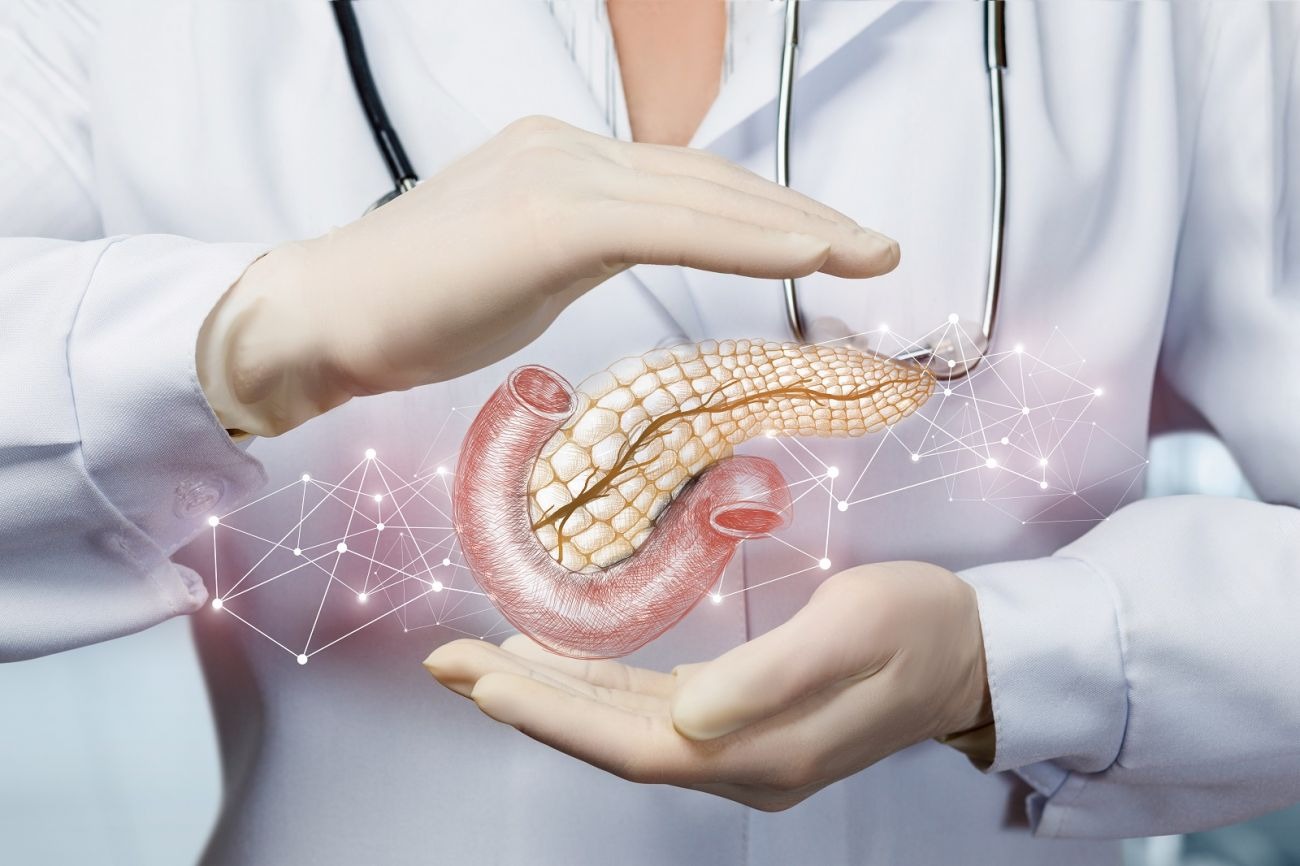Pancreatic cancer, known for its aggressive nature and often late diagnosis, is a condition that warrants awareness of its early signs and symptoms. Since the disease typically develops without clear indicators, recognizing subtle changes in one's health can be crucial for early detection. Here are some early signs to be vigilant about:

-
Unexplained Weight Loss: One of the most common early indicators of pancreatic cancer is significant and unexplained weight loss. Individuals may lose weight without changing their diet or exercise routines. This symptom often occurs because the cancer can affect the body’s ability to digest foods or may lead to a loss of appetite.
-
Changes in Appetite: A noticeable decrease in appetite can occur in the early stages of pancreatic cancer. Patients may feel less inclined to eat or may experience early satiety (feeling full after eating only a small amount of food). This can result from the body’s response to the development of cancerous growths.
-
Jaundice: Jaundice, which causes yellowing of the skin and the whites of the eyes, occurs when the bile duct becomes obstructed. In pancreatic cancer, the tumor can press on the bile duct, leading to bile buildup and subsequently causing jaundice. This symptom often appears alongside dark urine and light-colored stools.
-
Abdominal Pain: Many individuals report persistent abdominal pain as an early symptom. This discomfort can vary from mild to severe and may be felt in the upper abdomen, radiating to the back. Pain may worsen after eating or when lying flat, and, in some cases, it may be accompanied by bloating or discomfort.
-
Digestive Issues: Changes in digestion, including indigestion, nausea, and vomiting, can occur as the cancer affects pancreatic function. This can lead to difficulties in breaking down and absorbing food, resulting in discomfort and additional weight loss.
-
Fatigue: A general sense of fatigue or weakness that does not improve with rest can be an early sign of pancreatic cancer. This can stem from the body fighting the disease or from nutritional deficiencies due to poor absorption.
-
New Onset Diabetes: Pancreatic cancer can disrupt insulin production, leading to a sudden onset of diabetes, particularly in older adults. If someone who previously had normal blood sugar levels begins to exhibit symptoms of diabetes, such as increased thirst and frequent urination, it may warrant further investigation.
-
Changes in Stool: If stools become pale, greasy, or foul-smelling, it could indicate issues with fat absorption, potentially linked to pancreatic cancer. These changes can occur when the pancreas is no longer able to produce enough digestive enzymes.
Recognizing these early symptoms can make a difference in the fight against pancreatic cancer. Monitoring one’s health and seeking medical advice when experiencing persistent or concerning symptoms is vital. Regular check-ups and discussions with healthcare providers can lead to appropriate screenings, especially for those with risk factors such as family history or chronic pancreatitis.
In conclusion, while pancreatic cancer often presents challenges in early detection, being aware of potential warning signs can empower individuals to take proactive steps in seeking medical evaluation. Increased awareness and knowledge may ultimately contribute to better outcomes and highlight the importance of early intervention in the battle against this formidable disease.




